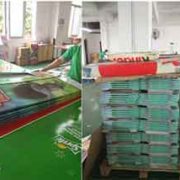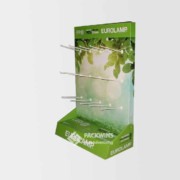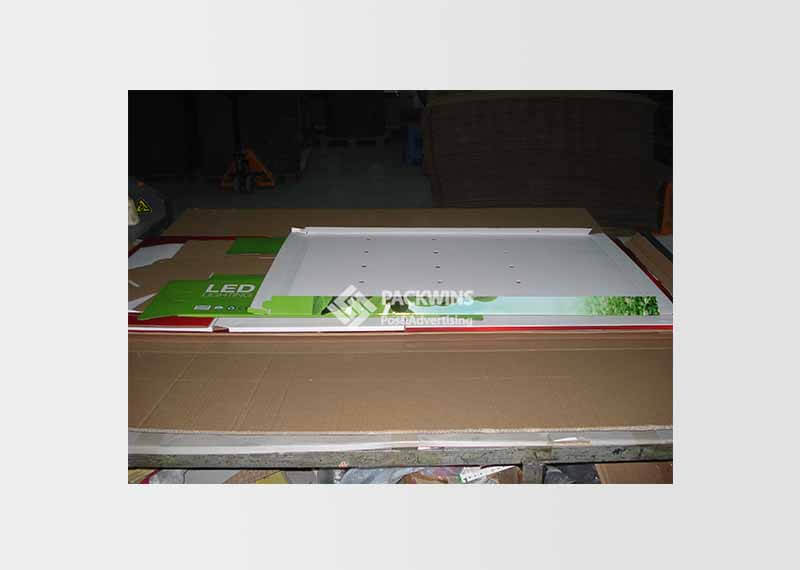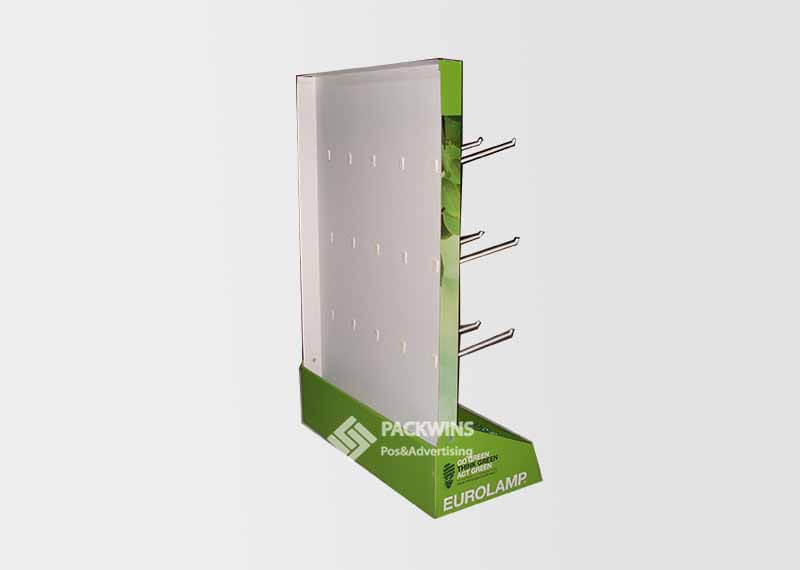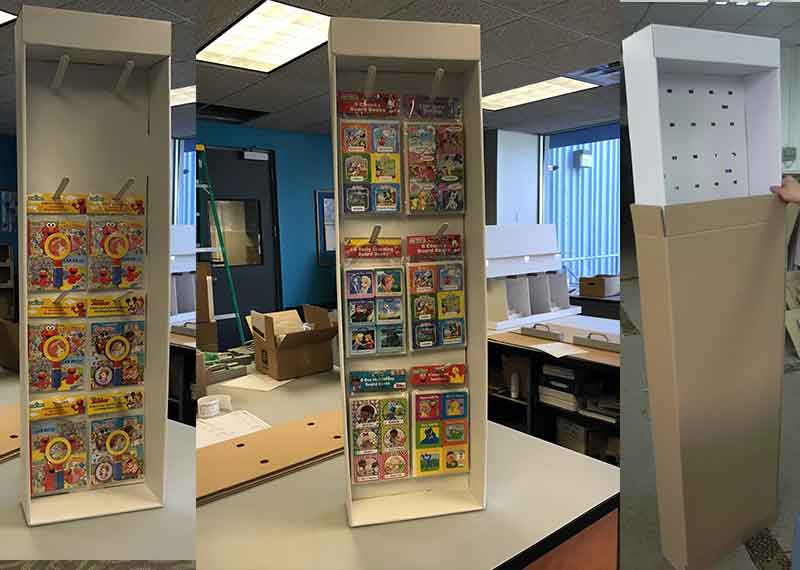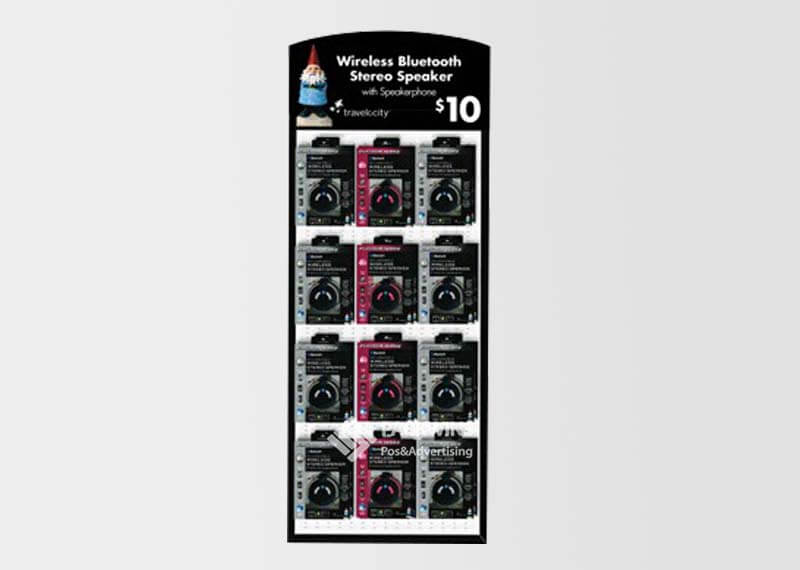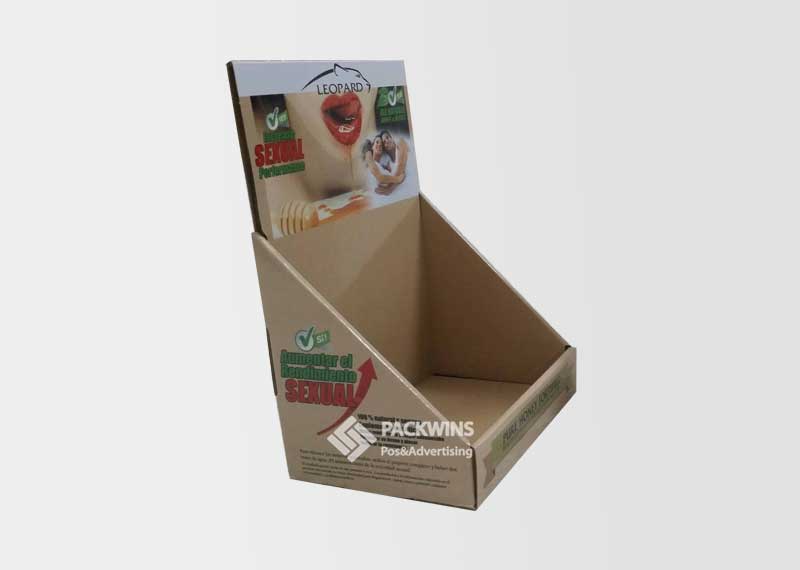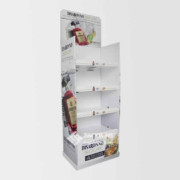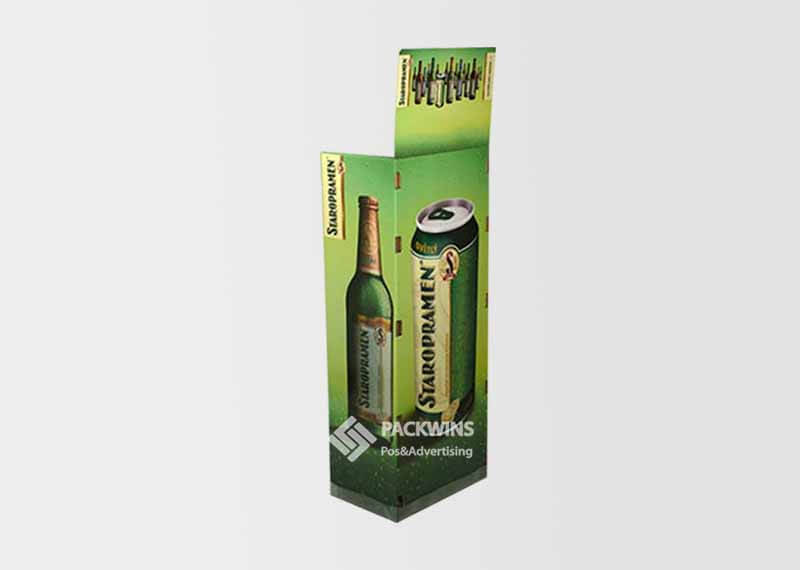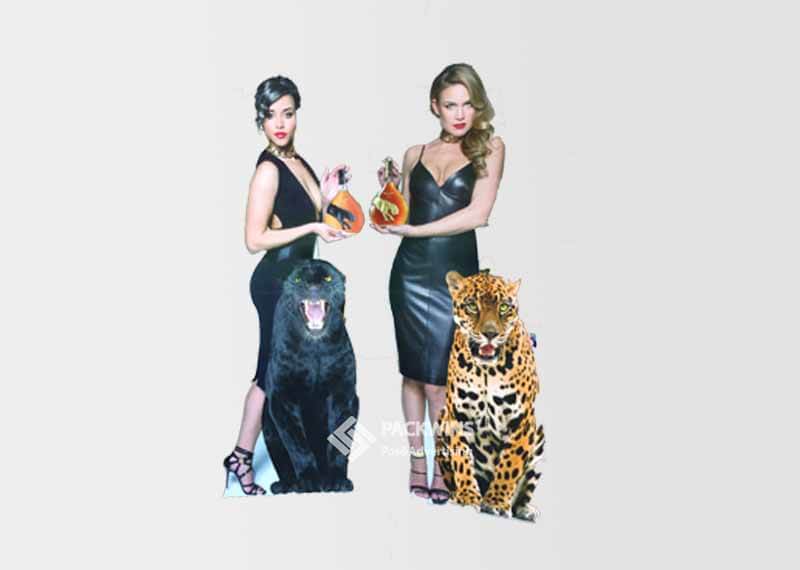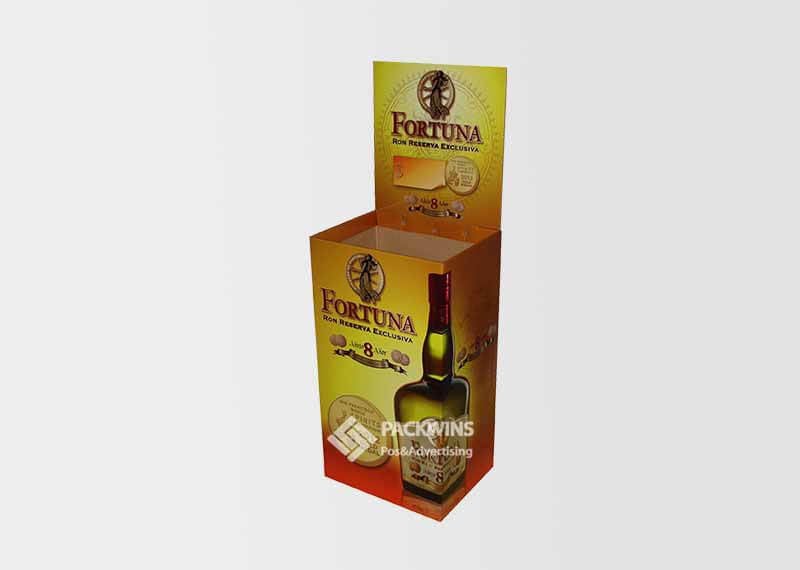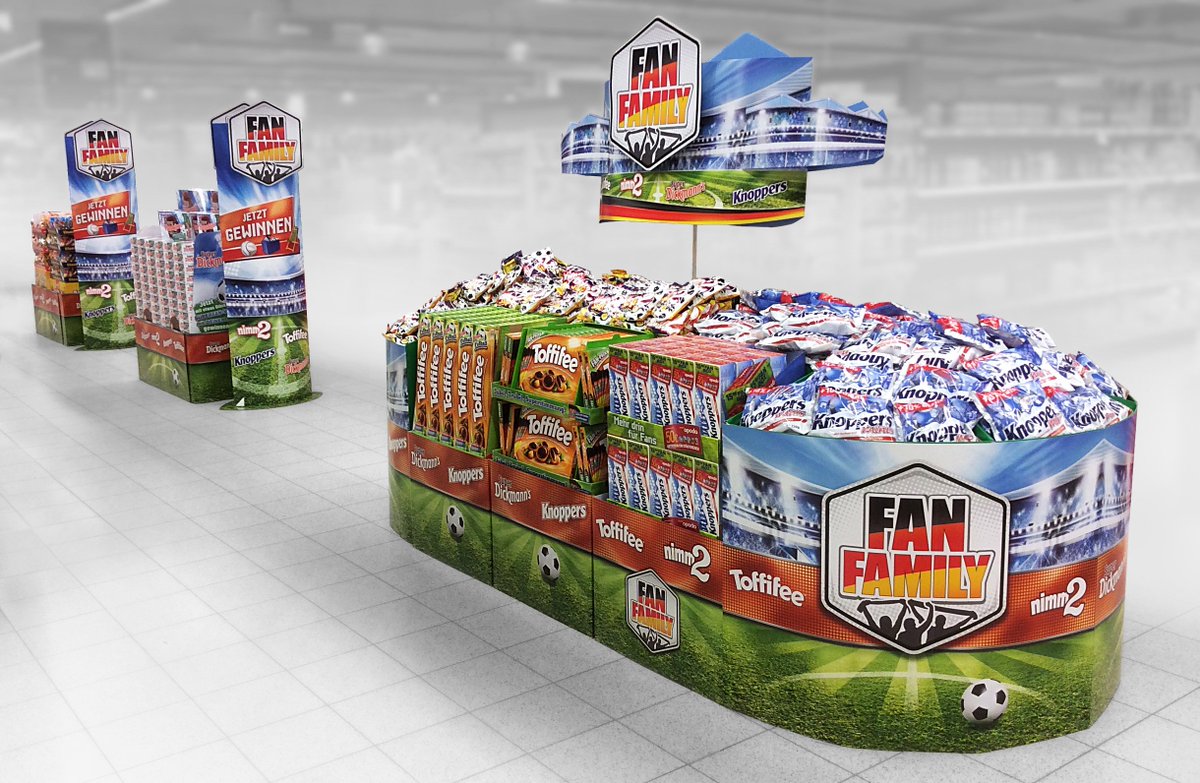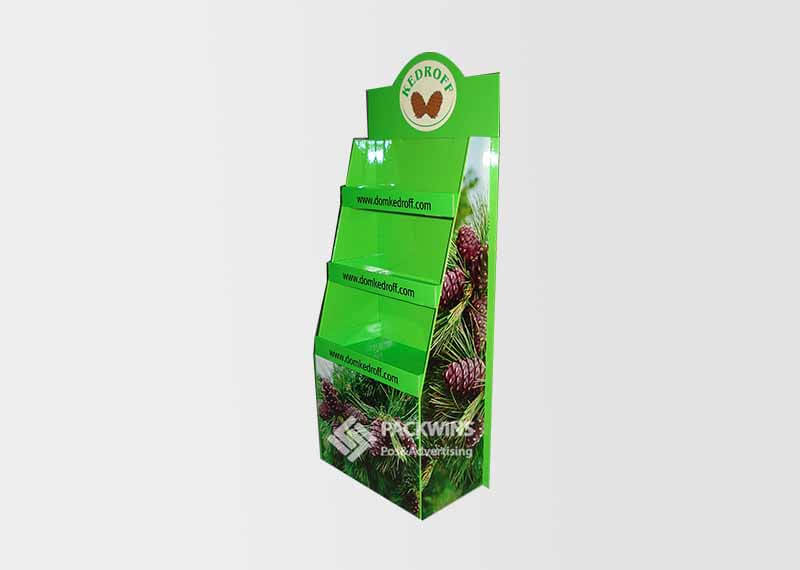Custom Point-of-Purchase (POP) POS Retail Store Displays & Packaging: Meet the Management Team Behind the Innovation
In the fast-paced world of retail, standing out is everything. That’s why custom Point-of-Purchase (POP) displays, Point-of-Sale (POS) solutions, and packaging have become the cornerstone of modern marketing strategies. These custom retail displays serve as crucial touchpoints between brands and consumers, influencing purchasing decisions and boosting brand visibility.
Behind every successful POP, POS display, and packaging solution is a team of experts who blend creativity, innovation, and strategic vision to make retail experiences unforgettable. In this blog, we’re going to delve into the world of custom retail displays, explore why they matter, and meet the visionary management team that brings them to life.
The Power of Custom POP & POS Displays in Retail
Point-of-Purchase (POP) and Point-of-Sale (POS) displays are essential tools in retail marketing, designed to influence consumers at the most crucial moment—the point of purchase. These displays serve a variety of purposes, including:
- Increasing Brand Visibility: Custom displays are designed to make products stand out on crowded store shelves, ensuring that a brand captures the consumer’s attention.
- Enhancing Product Appeal: The right design can make a product more visually appealing, emphasizing its features and benefits.
- Driving Impulse Purchases: POP and POS displays are strategically placed to trigger spontaneous buying decisions, leveraging the psychology of consumer behavior.
- Delivering a Memorable Brand Experience: A custom display is an extension of the brand, reinforcing its identity and values to the customer, even in the retail environment.
Why Custom Packaging Matters
When it comes to retail, packaging isn’t just about protecting products. It’s also a powerful marketing tool. Custom packaging elevates a product’s presence on the shelf and provides an opportunity to communicate the brand’s message, evoke emotions, and build customer loyalty.
Custom packaging serves several key purposes:
- Brand Recognition: Unique, eye-catching packaging sets a brand apart from the competition.
- Customer Experience: Packaging creates an emotional connection between the brand and the consumer. Opening a well-designed package can feel like an experience in itself.
- Eco-Friendly Practices: Sustainable packaging is more important than ever, allowing brands to demonstrate environmental responsibility while attracting eco-conscious consumers.
Behind the Scenes: Meet the Management Team
A strong management team is the backbone of any successful retail display and packaging solution. It takes a group of experienced professionals with diverse skill sets to conceptualize, design, and execute custom retail experiences that deliver results. Here’s a look at the key members of the management team who ensure that your brand’s vision comes to life in the world of retail displays and packaging.
- CEO – Visionary Leadership
The CEO is the driving force behind the company’s overall strategy and vision. In the world of custom POP, POS, and packaging, this leader stays ahead of industry trends, ensuring the company is always innovating. Whether it’s discovering new materials or developing cutting-edge display solutions, the CEO’s role is to push boundaries and maintain a competitive edge.
- Creative Director – Design & Innovation
The Creative Director is the mastermind behind all the visual concepts that make your POP displays and packaging stand out. With an eye for design and a deep understanding of consumer behavior, the Creative Director transforms ideas into tangible, visually striking retail solutions. They work closely with the design team to ensure that every display communicates the brand’s identity and message effectively.
- Production Manager – Operational Excellence
While creativity is vital, execution is equally important. The Production Manager ensures that the design concepts are translated into physical displays and packaging efficiently and on budget. This role involves overseeing materials sourcing, ensuring quality control, and managing the production timeline. From ensuring sustainable manufacturing practices to guaranteeing that every piece meets high-quality standards, the Production Manager is integral to the success of the project.
- Marketing Director – Strategic Execution
The Marketing Director bridges the gap between design and customer engagement. They are responsible for ensuring that the custom retail displays and packaging align with broader marketing campaigns and objectives. This role involves analyzing customer insights, tracking trends, and understanding the retail environment to create displays that not only look great but also perform well in driving sales.
- Logistics & Supply Chain Manager – Timely Delivery
An often-overlooked role in custom display and packaging projects is logistics. The Logistics Manager is responsible for ensuring that all the materials, components, and finished products arrive on time and in perfect condition. They coordinate the shipping, handling, and storage of custom displays and packaging, ensuring that everything arrives at retail locations as scheduled.
- Sustainability Manager – Eco-Friendly Solutions
With sustainability being a growing concern in the retail industry, the Sustainability Manager is key in creating eco-friendly displays and packaging solutions. This person works to reduce the environmental footprint of all products and materials, sourcing sustainable, recyclable, and biodegradable options whenever possible. Their work ensures that custom solutions not only meet aesthetic and functional needs but also adhere to the growing demand for sustainability in retail.
Why Custom POP & POS Displays Are an Investment
Custom POP and POS displays, along with personalized packaging, offer a substantial return on investment (ROI) for brands looking to boost their presence in the retail space. Here’s why:
- Boosts Brand Recall: A memorable display or piece of packaging can lead to higher brand recall, which translates into repeat purchases.
- Enhances Customer Loyalty: When customers feel that a brand invests in quality and innovation, they are more likely to return for future purchases.
- Increased Sales: Strategic, well-designed retail displays and packaging have been shown to increase impulse purchases and overall sales volume.
- Competitive Edge: In a crowded retail environment, custom displays help brands break through the noise and stand out from competitors.
Conclusion: The Impact of a Strong Management Team on Retail Success
In the world of custom Point-of-Purchase displays, Point-of-Sale solutions, and retail packaging, success doesn’t just come from having great ideas—it’s about having the right team in place to bring those ideas to life. From visionary leaders to skilled creatives and logistics experts, the management team behind a retail display or packaging solution plays a pivotal role in delivering standout products that drive consumer engagement and sales.
As retail evolves, staying on top of trends and innovating in the realm of POP and POS displays is essential. Whether you’re a brand looking to elevate your retail presence or a designer seeking inspiration for your next custom packaging project, it’s the leadership and expertise of the management team that will make all the difference.
If you’re interested in learning more about how custom retail displays and packaging can boost your brand’s presence, or if you’re ready to collaborate with a management team that understands the importance of innovation in retail, don’t hesitate to get in touch!

